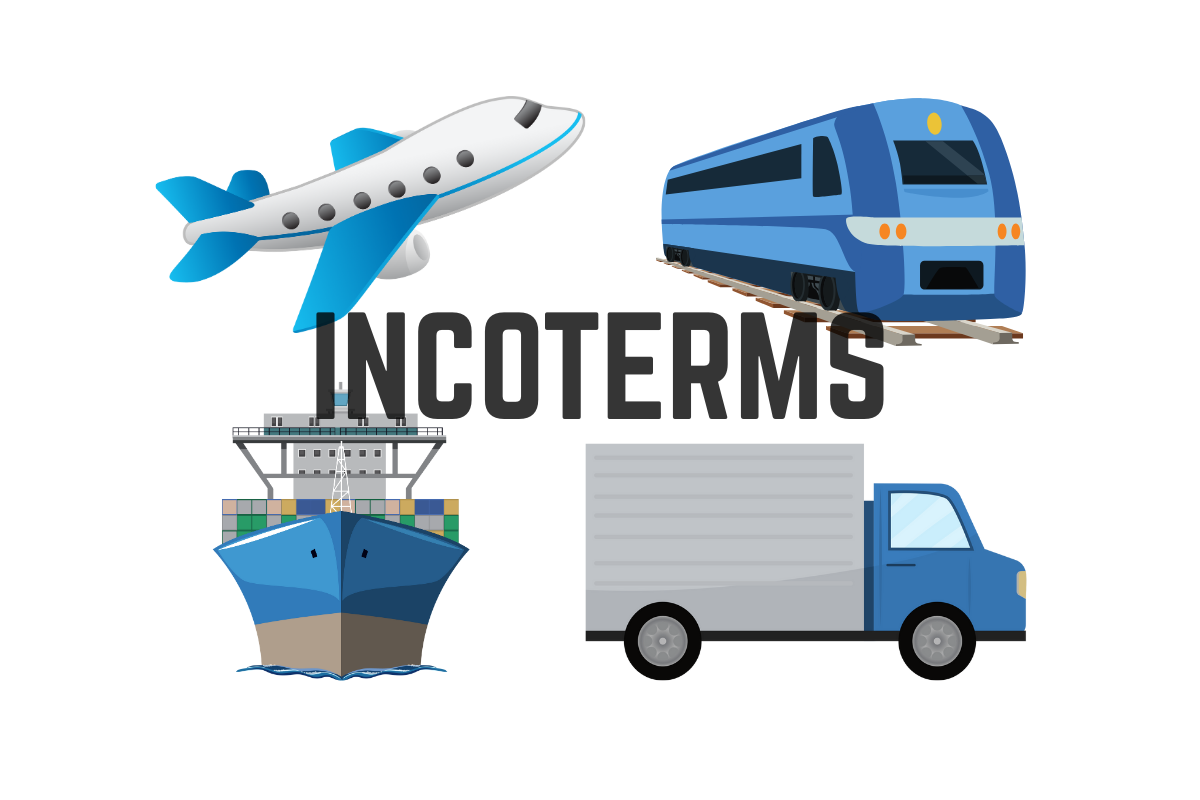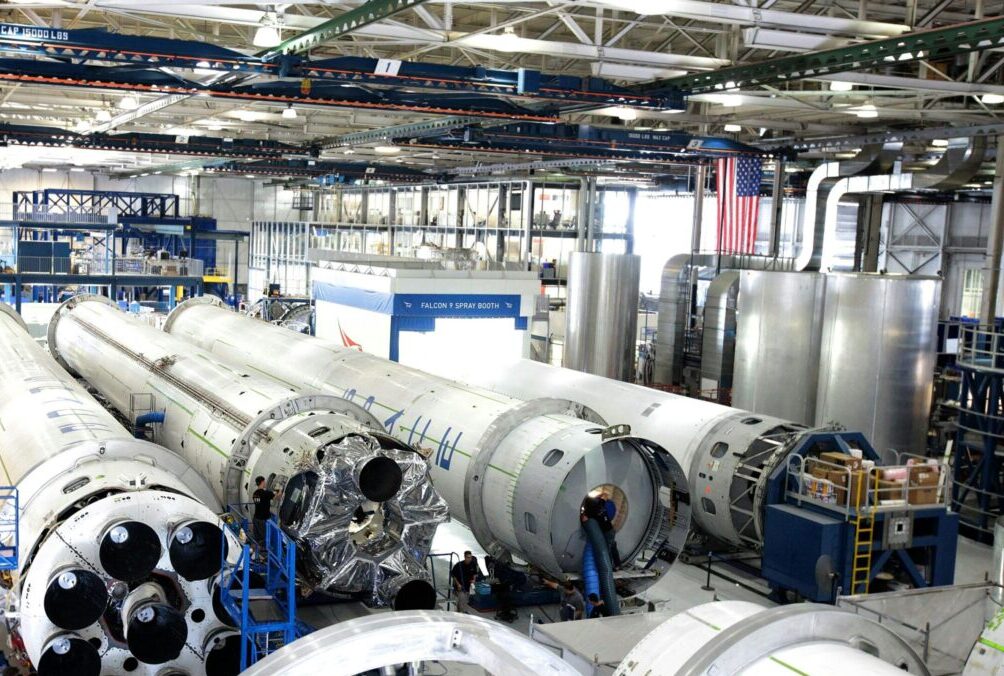Deadhead is defined in the trucking terminology as driving a freight carrying semi- truck that is hauling an empty trailer. Deadhead is a term unknown to many outside the trucking industry, aside from the Grateful Dead fans, but understanding what deadhead is and how to correctly avoid it will make a huge difference in the compensation of a trucker. While truck driving is a very profitable business, the drivers are dependent on the money earned from loads they run with cargo in their truck. Driving without freight means the driver is not making a profit but ultimately losing money as they are still obligated to pay for their gas, not to mention the extra miles on their vehicle whether it be to drive home for a few days or to pick up their next load. A big concern around many drivers is how to best eliminate deadhead miles and in response to this concern we have come up with a “how to” to best assist truck drivers with avoiding deadhead miles and maximize existing miles they are already putting on their truck.
Use various load boards to limit the deadhead miles:
It is essential that drivers bring a load board with them when they are on the long drive back, they need to keep up with the miles to look for potential loads to book this way they can avoid doing a long drive without making a profit and hopefully use a dispatcher to pick up a new load so they can deliver that at the correct time. This is also beneficial as they may be a small load that needs to be picked up on and is on the way to the drivers next destination. This will create a great working relationship opportunity for both the driver and the dispatcher and hopefully reimburse the cost of gas for the empty miles the driver was already planning on traveling.
Plan the route back with a load booked prior to deadhead: For a lot of drivers, the long road back can be stressful without an effective plan in mind. The best way to avoid this is to check the load board at a rest stop near the delivery point to see if a route is close enough by to schedule for the same/next day to maximize the miles traveled for the log.
Build a relationship with dispatchers:
For the majority of drivers, the trucking business can tend to feel lonely and they are in need of connection and communication. Establishing a relationship with dispatchers’ that drivers have worked with previously allows them to have someone to contact to have a conversation with, while looking for potential loads prior to completing a drop off or pick up.
Consider working as a truck driver teams:
Many drivers are faced with a difficult situation of needed to travel more miles then the FMSCA guidelines require. A good solution to this is that drivers have the ability to work as a team and to switch drivers once one has reached the maximum driving hours allowed that day. Working as a team allows for drivers to have company along for the drive and to travel more miles with less deadhead.
Key attributes to maximize travel time with freight:
Communication is key when it comes to maximizing travel time with freight in tow. Dispatchers prefer drivers who have tracking systems and notify them about the projected drop off and pick up time. Plan for the weather, we can never count on the weather app to be 100% accurate so it is always best practice to leave early to allow for unexpected accidents, rain or construction.
Understanding dimensions of your cargo:
When embarking on a long journey it is important to take note of the dimensions of the cargo you are hauling. Traveling on long highways and taking various exit ramps can account for some sharp turns and factoring in the size of the cargo will help assist with the correct speed to take on the ramp to make sure that you are not in jeopardy of losing the freight. Or causing the company to have a damage claim. Shifted product is a very common claim that causes a lot of hassle when they reach the destination. Shifted product sometimes requires the driver to have the shifted product to a restacking facility that can cause a lot of time and money to get corrected.
Improve fuel economy on your semi:
Try to reduce the use of air conditioning. In the summer the air conditioning is essential on a hot summer day but using the ac at full force can actually increase the utilization of fuel anywhere from .2-.4 miles per gallon. With the increasingly high cost of todays fuel any way to increase the mpg in a vehicle is worth checking out. Another good way to improve the full on your trailer is to reduce general speed. In semis, automatically they need to travel at a lower speed then cars but by driving say at 60 instead of 65 it creates an opportunity to prohibit unnecessary breaking and altercations along with increasing fuel consumption through miles per gallon.
Use various load boards to limit the deadhead miles:
It is essential that drivers bring a load board with them when they are on the long drive back, they need to keep up with the miles to look for potential loads to book this way they can avoid doing a long drive without making a profit and hopefully use a dispatcher to pick up a new load so they can deliver that at the correct time. This is also beneficial as they may be a small load that needs to be picked up on and is on the way to the drivers next destination. This will create a great working relationship opportunity for both the driver and the dispatcher and hopefully reimburse the cost of gas for the empty miles the driver was already planning on traveling.
Plan the route back with a load booked prior to deadhead: For a lot of drivers, the long road back can be stressful without an effective plan in mind. The best way to avoid this is to check the load board at a rest stop near the delivery point to see if a route is close enough by to schedule for the same/next day to maximize the miles traveled for the log.
Build a relationship with dispatchers:
For the majority of drivers, the trucking business can tend to feel lonely and they are in need of connection and communication. Establishing a relationship with dispatchers’ that drivers have worked with previously allows them to have someone to contact to have a conversation with, while looking for potential loads prior to completing a drop off or pick up.
Consider working as a truck driver teams:
Many drivers are faced with a difficult situation of needed to travel more miles then the FMSCA guidelines require. A good solution to this is that drivers have the ability to work as a team and to switch drivers once one has reached the maximum driving hours allowed that day. Working as a team allows for drivers to have company along for the drive and to travel more miles with less deadhead.
Key attributes to maximize travel time with freight:
Communication is key when it comes to maximizing travel time with freight in tow. Dispatchers prefer drivers who have tracking systems and notify them about the projected drop off and pick up time. Plan for the weather, we can never count on the weather app to be 100% accurate so it is always best practice to leave early to allow for unexpected accidents, rain or construction.
Understanding dimensions of your cargo:
When embarking on a long journey it is important to take note of the dimensions of the cargo you are hauling. Traveling on long highways and taking various exit ramps can account for some sharp turns and factoring in the size of the cargo will help assist with the correct speed to take on the ramp to make sure that you are not in jeopardy of losing the freight. Or causing the company to have a damage claim. Shifted product is a very common claim that causes a lot of hassle when they reach the destination. Shifted product sometimes requires the driver to have the shifted product to a restacking facility that can cause a lot of time and money to get corrected.
Improve fuel economy on your semi:
Try to reduce the use of air conditioning. In the summer the air conditioning is essential on a hot summer day but using the ac at full force can actually increase the utilization of fuel anywhere from .2-.4 miles per gallon. With the increasingly high cost of todays fuel any way to increase the mpg in a vehicle is worth checking out. Another good way to improve the full on your trailer is to reduce general speed. In semis, automatically they need to travel at a lower speed then cars but by driving say at 60 instead of 65 it creates an opportunity to prohibit unnecessary breaking and altercations along with increasing fuel consumption through miles per gallon.








